Description
hardware flow control. It is an ideal choice in the field of industrial automation.
Implementation of communication between ABC industrial robot and PLC based on DeviceNet fieldbus technology
introduction
In modern production systems, industrial robots and PLCs need to communicate and collaborate to complete production tasks. That is, the
industrial robots output signals to the PLC, allowing the PLC to control related equipment to drive the robot”s front-end tools. This article
mainly analyzes the communication problems between ABB industrial robots and PLC based on DeviceNet fieldbus technology.
DeviceNet is a common network communication method in the field of automation. ABB industrial robots establish a network to communicate with
Siemens PLC based on the DeviceNet network.
1Configure DSQC652
There are mainly 5 types of standard I/0 boards commonly used in ABB industrial robots [2]. Except for the different addresses assigned to
them during setup, their configuration methods are basically the same. This article mainly analyzes the ABB standard I/0 board DS0C652, which
mainly builds communication modules based on the DeviceNet network. The DS0C652 board has a distributed I/O module with 16 digital input and 16
digital output interfaces. The board is installed in the ABB industrial robot control cabinet. First, define the specific operation steps of the DS0C652 board,
enter the teach pendant control panel, then enter the configuration menu (Figure 1), select the DeviceNetDevice menu, and add a template to enter Figure 2.
ABB standard I/0 board is hung on the DeviceNet
network, so the address of the module in the network must be set. The jumpers 6 to 12 of terminal x5 are used to determine the address of the module.
The available address range is 10 to 63. Modify the parameters in the template parameters to complete the DS0C652 board settings. Click the drop-down
menu to select the “Use value from template” row, select
“DS0C65224VDCI/0Device”, and then the parameters that need to be set include the address of the I/0 board in the bus.
Figure 1 Configuring DSQC652
2Configure signals and parameters
After completing the DS0C652 board setting, the I/0 signal setting will be performed. Setting the I/0 signal is the basis for establishing communication with
the PLC. The PLC communicates and transmits data with the ABB industrial robot through the I/0 signal and the DS0C652 board. As shown in Figure 3, in the
signal configuration interface, there are many default I/0 points after the system is established. Modification is not allowed. Click “Add” to add signals. When setting
input and output signals, their address range is 0~15. First, enter the signal menu in the configuration options to set the input and output types, and modify the corresponding parameters.
After completing the settings, the computer prompts that you need to restart the settings. If there are multiple signals that need to be defined and the waiting time
is long after restarting multiple times, you can click “Cancel” and wait for all signals to be defined before clicking the “Yes” button to restart. After the signal settings are
completed, click to select “Input and Output” in the ABB menu to check whether all signals have been set.
Figure 2 Configure DSQC652 parameters
Figure 3 Signal parameter settings
During the signal establishment process, attention should be paid to the DSoC652 port and PLC port addresses used, and the corresponding address table should be
established, as shown in Table 1. The robot interacts with the PLC through I/O signals. During the setting process, there must be no errors in the port and address number
of the PLC connected to the DSoC652. If the address is set incorrectly, the communication between the robot and the PLC will not work properly.
The entire robot teaching pendant setting process is shown in Figure 4.
https://www.xmamazon.com
https://www.xmamazon.com
https://www.plcdcs.com/
www.module-plc.com/
https://www.ymgk.com
2364-SPM03A Allen-Bradley Main Control Board
70PR05B-ES HESG332204R0001 ABB Programmable Processor
P0924JH FOXBORO COMMUNICATION TERMINAL ASSEMBLY
LYD105A HITACHI Processor module
LYD000A HITACHI Digital input module
LYA210A HITACHI Analog Input Module
CB6687-2L PILLAR
F8652E HIMA SAFETY SYSTEM MODULE CPU
6637517A1 660-MISC-3311 ABB Backplane Control Circuit Board
TSXPBY10 Schneider TSX-PBY CPU OBS PROFIBUS DP OPTION MODULE
PCD244A101 3BHE042816R0101 ABB Channel thermocouple input
K4LCN-16 51403519-160n03W31-s0082 HONEYWELL TDC 3000 Memory Processor
IS200TBCIH1CCD GE Speedtronic Turbine Control PCB board
133819-01 Bently Nevada RTD/TC Temp I/O Module
1TGE120021R0010 ABB Communication Gateway
G408-0001 ULTRA SLIMPAK DC Powered DC Input Field Configurable Isolator
3200-1214-03 Asyst Technologies Interface Sensor Board
PM3328B-6-1-3-E 80026-524-01 PIONEER MAGNETICS POWER SUPPLY
TSXPBY100 Schneider ROFIBUS DP V0 – MODULE KIT
PFEA113-65 3BSE028144R0065 ABB Tension Electronics
7EX470.50-1 B&R 2003 CAN bus controller
1C31166G01 Westinghouse Ink Controller Input Module
PPCC322BE HIEE300900R0001 ABB PSR-2 processor + fieldbus
TK-PRS021 51404305-275 HONEYWELL Direct Control Systems
TK-PRR021 51309288-275 HONEYWELL Redundancy Module
TK-FTEB01 51309512-175 HONEYWELL Ethernet Module
TK-IOLI01 51403427-175 HONEYWELL Direct Control Systems
1C31122G01 Westinghouse Digital Output Electronics Module
1398-DDM-075 Allen-Bradley Ultra 200 Series Digital Servo Drive
IS220PSVOH1A GE Servo Control Pack
TC-PPD011 HONEYWELL Battery Extension Module
T8312-4 ICS TRIPLEX Trusted TMR Expander Interface Adapter Unit
FC-TSAI-1620M HONEYWELL Analog Input Module
F6706 HIMA Output Module Module
A402KC Basler A400 Series achine Vision Area Scan Camera
9662-610 3000520-390C1R TRICONEX Industrial Controller
WESDAC D20 C GE LOGIC PANEL ANALOG SCAN
PR9376/010-011 EPRO Speed probe
KSD1-32 E93DA113I4B531 KUKA SERVO DRIVE INDUSTRIAL ROBOT
IDP10-AF1C01F FOXBORO I/A Series Pressure Transmitters
FM265A KEBA Master-slave station module
KSD1-16 E93DA552I4B531 00-122-285 KUKA SERVO DRIVE INDUSTRIAL ROBOT
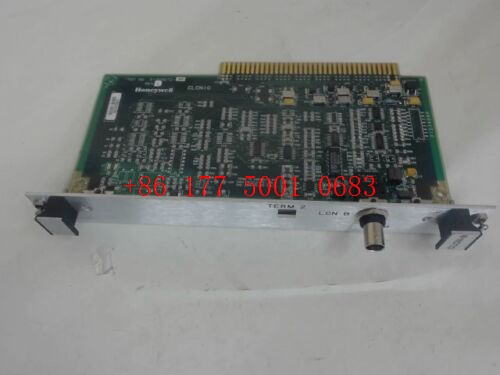
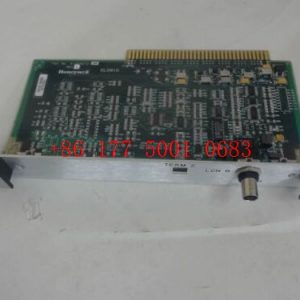
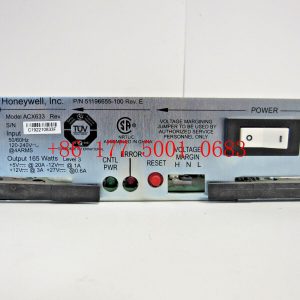
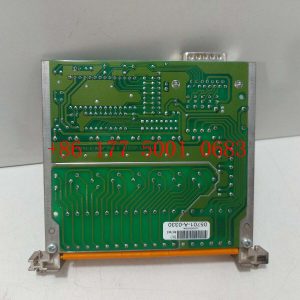
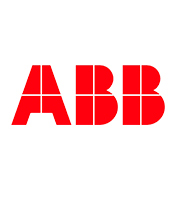


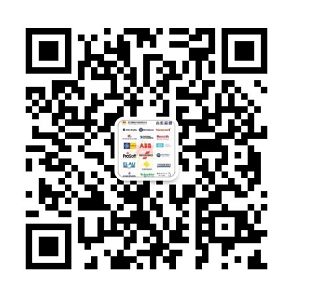
Reviews
There are no reviews yet.